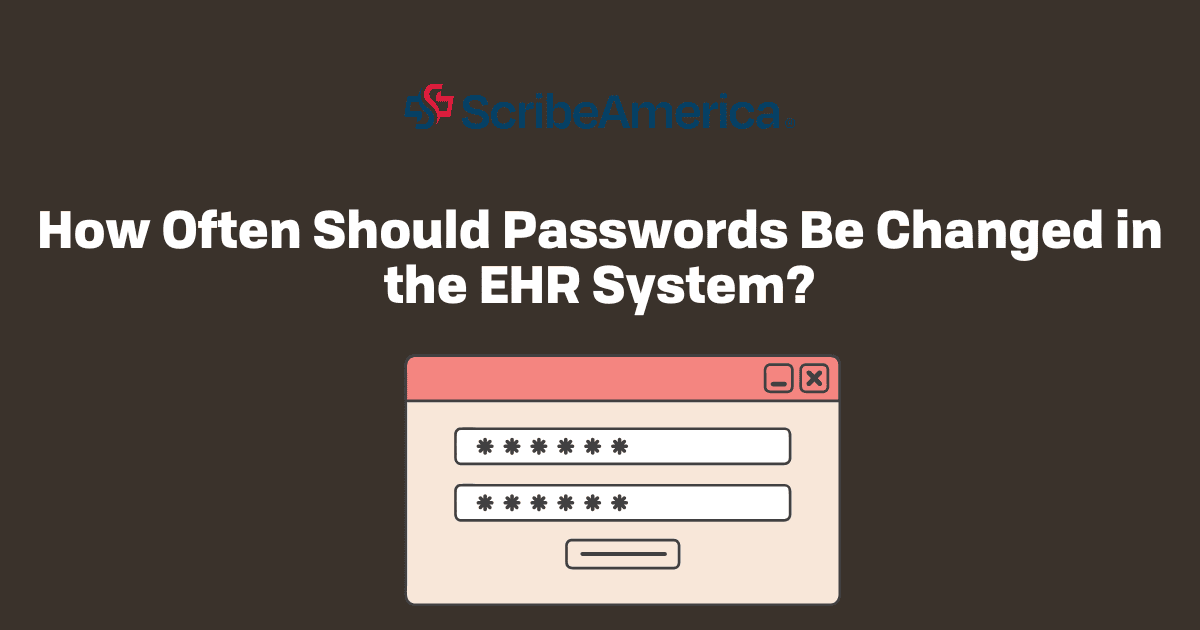Key Points:
- Understand Patient Advocacy: Patient advocacy involves supporting and representing patients’ rights, ensuring their voices are heard and their care is tailored to their needs.
- Why Patient Advocacy Matters: It bridges the communication gap between patients and healthcare professionals, improving decision-making and patient safety.
- Real-World Examples: Roles like medical scribes and care navigators help patients navigate the healthcare system and ensure their needs are met effectively.
- Empowerment Through Advocacy: Advocates ensure that patients feel heard, informed, and empowered to make decisions about their healthcare.
- Improve Patient Outcomes: By safeguarding patients’ rights and addressing discrepancies in care, advocacy contributes to better healthcare outcomes.
Patient advocacy is more than just a buzzword in the healthcare industry - it’s a crucial aspect of ensuring that individuals receive the best possible care and support. But what exactly is patient advocacy, why is it important, and how does it manifest in real-life scenarios? Let’s explore the definition of patient advocacy, delve into examples, and discuss why it plays a pivotal role in the realm of healthcare.
What is patient advocacy?
The patient advocacy definition says it’s the act of supporting and representing the rights and interests of patients in their interactions with healthcare providers and systems. It involves empowering patients to make informed decisions about their care, ensuring their voices are heard, and safeguarding their rights to access quality healthcare. Essentially, patient advocacy means being a dedicated ally for those navigating the complex healthcare landscape.

At its core, patient advocacy means stepping into the shoes of patients and working to ensure those needs are met. It encompasses a range of activities, from providing information and guidance to helping individuals navigate the healthcare system and advocating for their rights and preferences.
Why is patient advocacy important?
Why is patient advocacy important? Firstly, it helps bridge the communication gap between patients and healthcare professionals, ensuring that medical information is conveyed in a clear and understandable manner. This promotes shared decision-making, empowering patients to actively participate in their healthcare journey.
Secondly, patient advocacy acts as a safeguard against potential medical errors or oversights. Advocates may catch discrepancies in treatment plans, medication regimens, or diagnoses, thereby preventing adverse outcomes. This added layer of scrutiny contributes to the overall safety and quality of healthcare.
Moreover, patient advocacy fosters a sense of autonomy. In a system that can often be overwhelming and confusing, having an advocate provides patients with the confidence to voice their concerns, ask questions, and assert their preferences.
Patient advocacy examples
Patient advocacy takes various forms, depending on the context and needs of the individual. For instance, medical scribes play a crucial role in the process by accurately documenting patient encounters, freeing up healthcare professionals to focus on direct patient care. Similarly, care navigators are responsible for guiding individuals through the labyrinth of healthcare services, helping them access the right resources, services, and support when needed. Professionals like care navigators are literally instrumental in coordinating quality care. They’re compassionate, empathetic, and their role is to make the lives of patients easier and more comfortable. This is particularly crucial in the case of people with complex or chronic conditions, who require regular assistance.
Expanding the Reach of Patient Advocacy Through Digital Innovation
In the evolving healthcare environment, digital innovation is transforming how patient advocacy is delivered and experienced. Modern technologies such as telemedicine, electronic health records, and patient engagement platforms enable advocates to support patients beyond traditional settings. These tools facilitate real-time communication, provide educational resources tailored to individual needs, and help patients navigate complex treatment options with greater confidence. By leveraging digital solutions, patient advocacy becomes more accessible and responsive, ensuring that patients receive timely support regardless of their location or circumstances. This integration of technology not only enhances the effectiveness of advocacy but also empowers patients to take a more active role in their own care journey.
The Takeaway: The Essential Role of Patient Advocacy in Healthcare
What is patient advocacy? It means being a beacon of support, a vigilant guardian, and a trusted partner in a patient's healthcare journey. It’s about fostering a healthcare environment where individuals feel safe, heard, understood, empowered, and catered for.
Whether it's through the meticulous documentation of a medical scribe or the compassionate guidance of a care navigator, the impact of patient advocacy in the healthcare sector is profound and far-reaching, putting patient’s rights and comfort first.
Read also: How to improve patient care?




